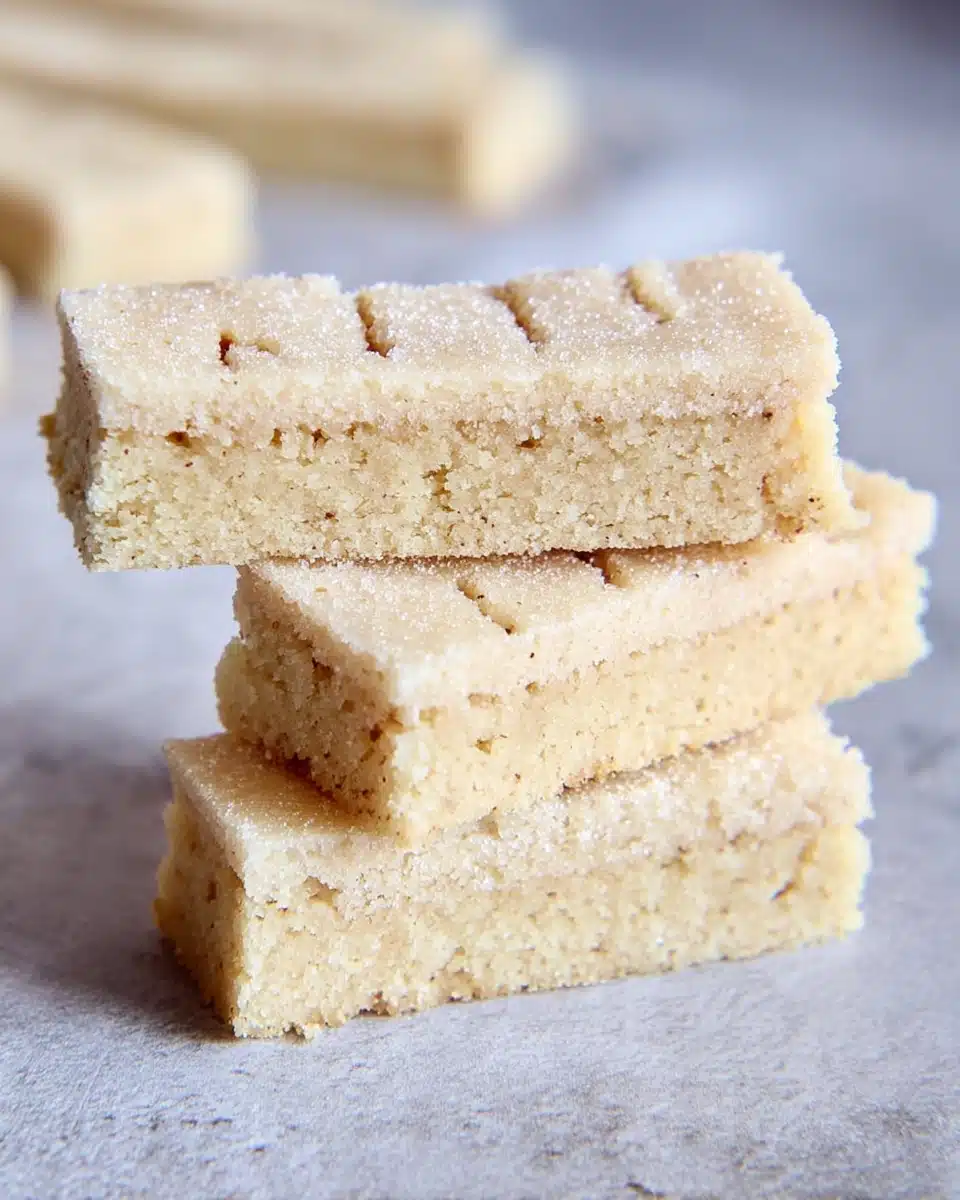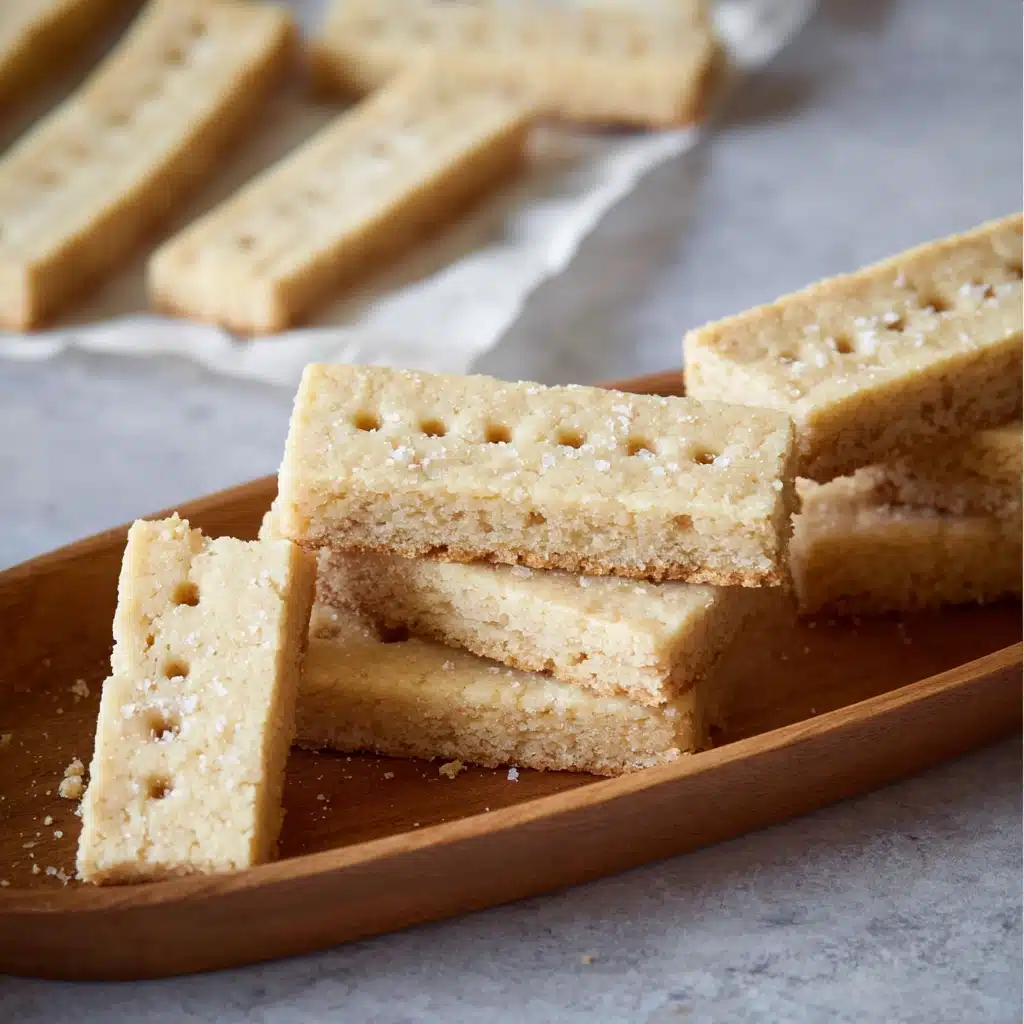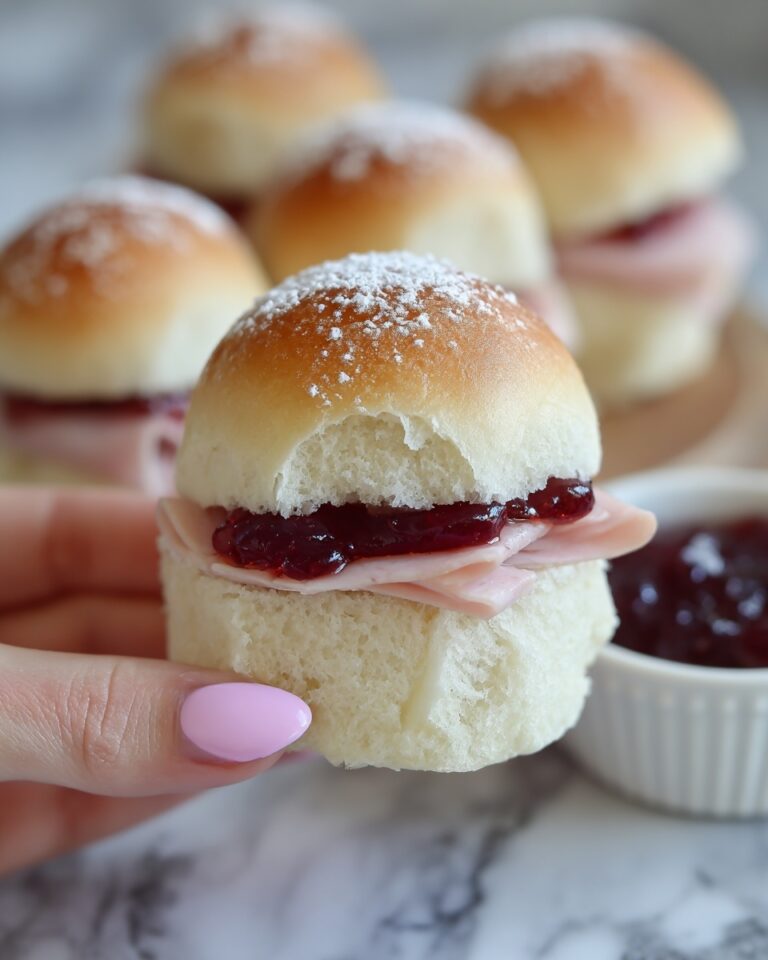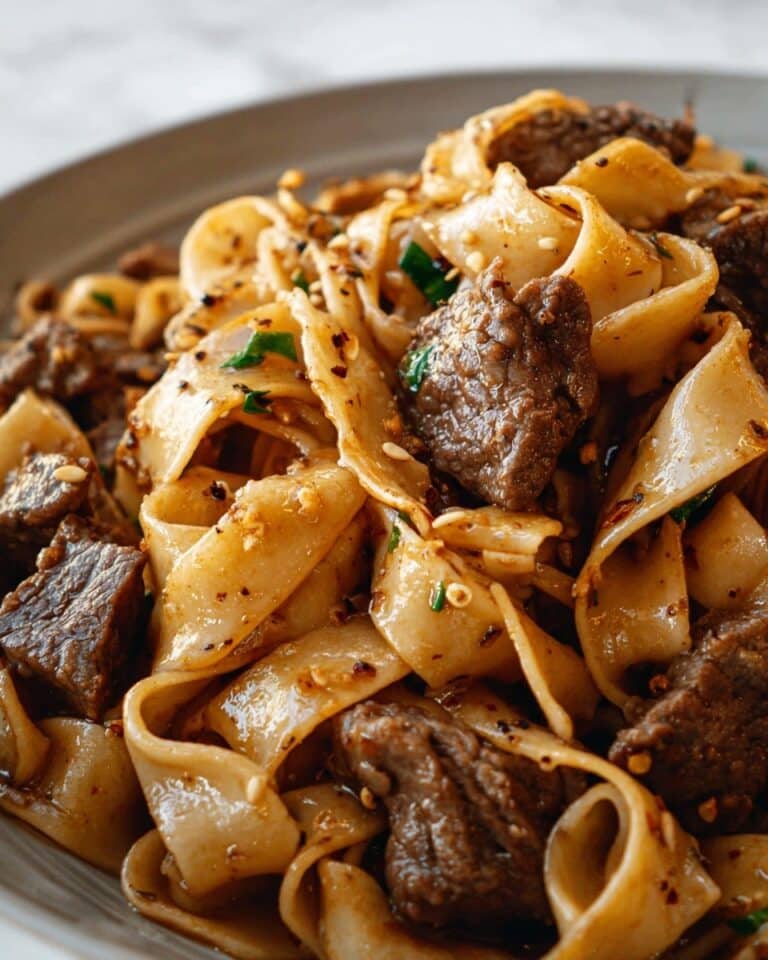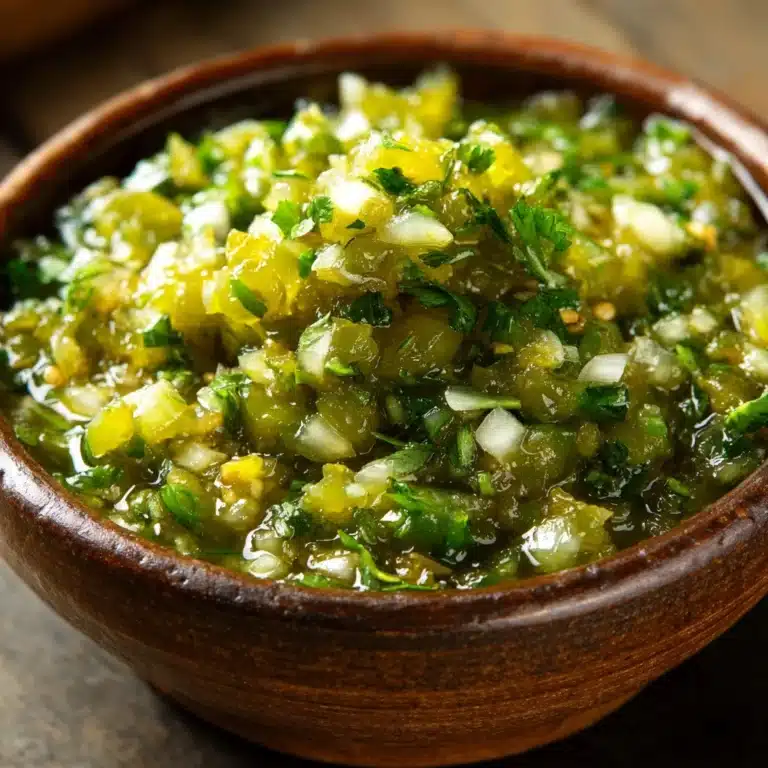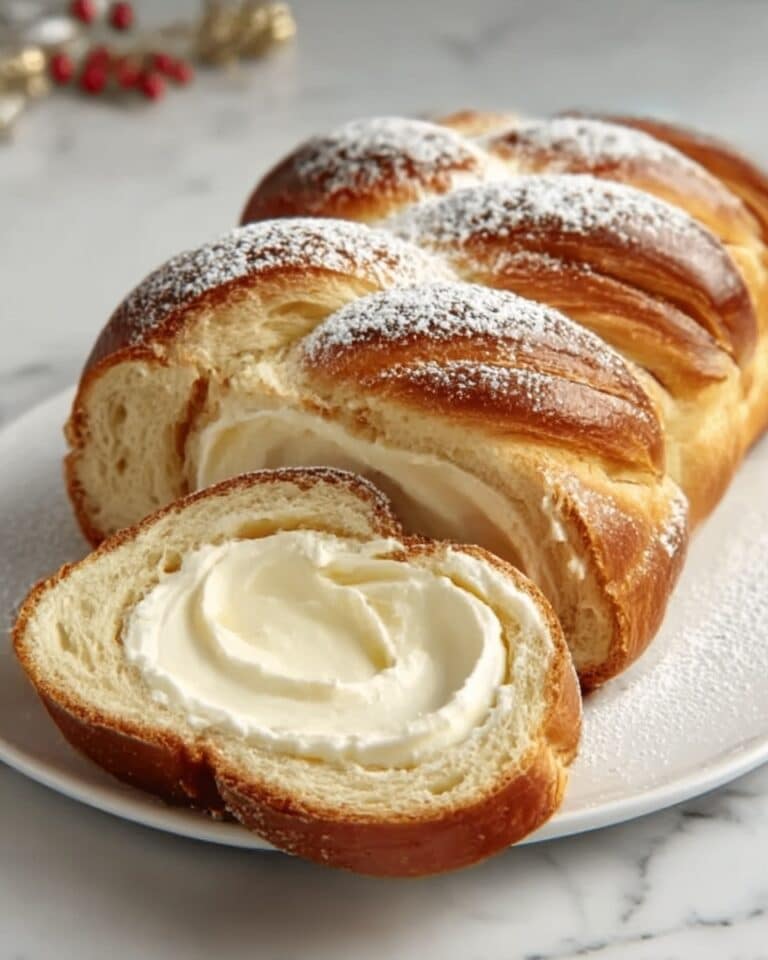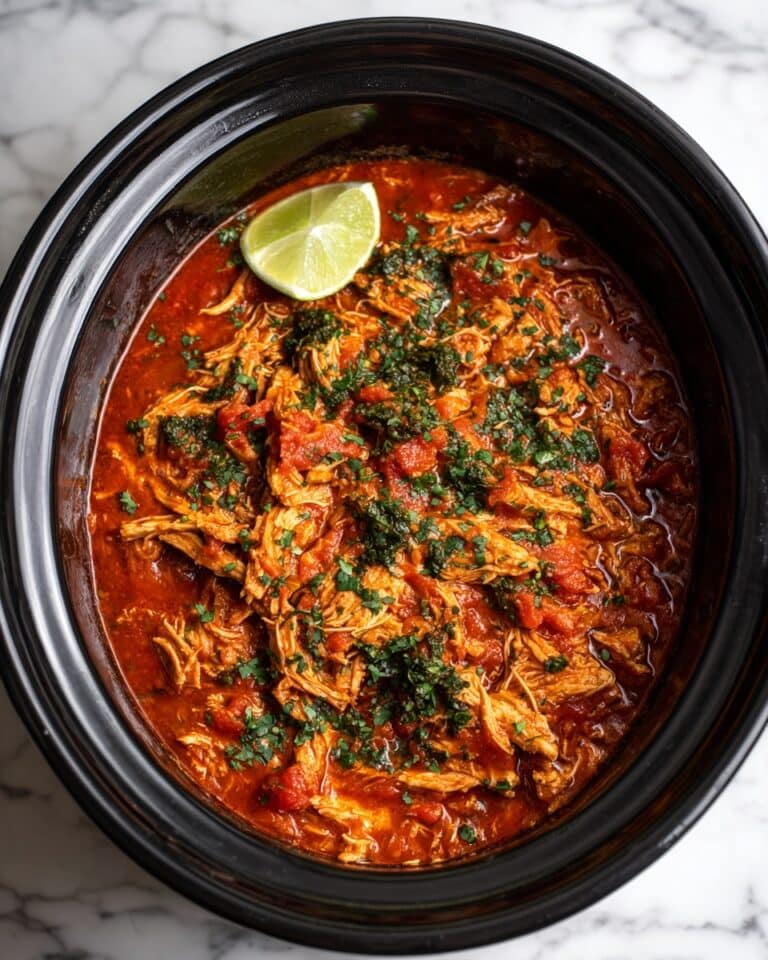If you’re searching for the epitome of buttery bliss, the Easy Traditional Shortbread Recipe is about to become your new favorite treat. This classic Scottish cookie is all about simplicity – tender, crumbly, and perfectly sweet – and is the perfect companion to a hot cup of tea or coffee. Whether you grew up with shortbread or are eager to bake it for the first time, this recipe brings you all the nostalgic flavors and melt-in-your-mouth texture, using just a handful of ingredients. Don’t be surprised when these golden delights disappear faster than you expect!
Ingredients You’ll Need
Every perfect shortbread starts with only a few, high-quality basics. These ingredients may look humble, but each plays an important role in creating the unique taste and famously crumbly texture that the Easy Traditional Shortbread Recipe is known for.
- Butter: Choose good-quality unsalted butter for the richest flavor and a creamy, tender crumb.
- Sugar: Fine granulated or caster sugar gives shortbread just the right touch of sweetness and keeps the texture delicate.
- All-purpose flour: This forms the structure of the dough, creating those signature crisp-yet-tender bites.
- Cornstarch (optional): A small spoonful softens the cookie and amplifies its light, melt-in-your-mouth feel.
- Salt: Just a pinch to balance out the sweet and enhance the buttery notes.
How to Make Easy Traditional Shortbread Recipe
Step 1: Soften the Butter
Before you begin, let the butter rest at room temperature for about 30 minutes, until it’s soft but not melty. This makes it much easier to cream with sugar and ensures even mixing, giving your Easy Traditional Shortbread Recipe its signature uniform flavor and texture.
Step 2: Cream Butter and Sugar
In a large bowl, beat the softened butter and sugar together until pale and fluffy. This is where the magic begins – whipping air into the butter gives shortbread its wonderfully tender quality, so don’t rush this step!
Step 3: Mix In the Dry Ingredients
Sift together the flour, cornstarch (if using), and salt, then gradually add to the butter mixture. Mix gently, just until the dough comes together. Avoid over-mixing, as it can make the shortbread dense. The dough should be smooth and soft, not sticky.
Step 4: Shape and Chill
Press the dough evenly into a lined or greased baking pan, smoothing the top. For authentic wedges or fingers, gently score the surface with a knife for easy portioning later. Cool the dough in the fridge for 20-30 minutes before baking; this helps the cookies keep their neat shape.
Step 5: Bake to Perfection
Bake in a preheated oven at 325°F (163°C) until the edges are just turning golden, usually about 25-35 minutes depending on your shape and pan. The Easy Traditional Shortbread Recipe is all about that barely-golden look – don’t wait for deep browning! Cool completely in the pan before cutting.
How to Serve Easy Traditional Shortbread Recipe
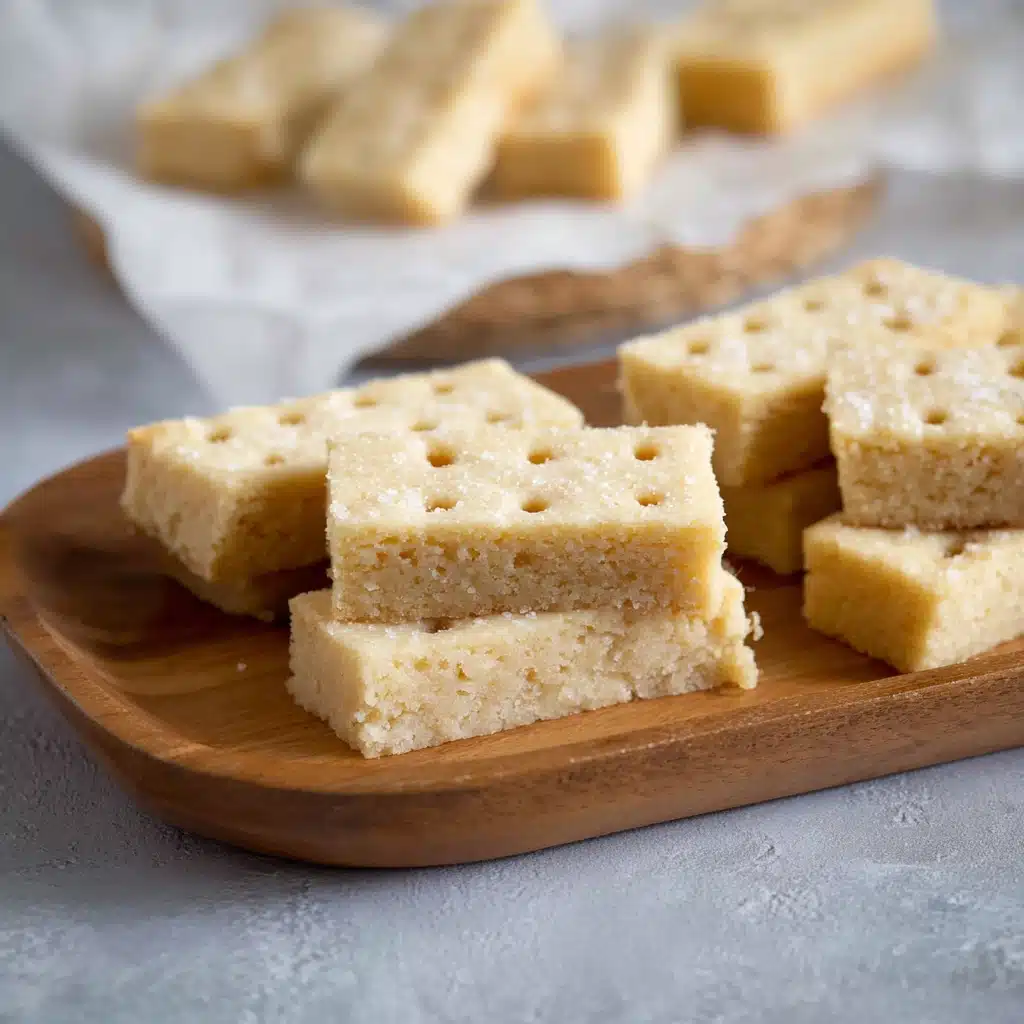
Garnishes
Shortbread looks gorgeous with just a light dusting of powdered sugar, or you can dip one edge in melted chocolate if you’re feeling fancy. A sprinkle of finely chopped nuts or candied citrus peel brings a fun, festive twist.
Side Dishes
Serve your shortbread alongside a pot of strong black tea, creamy hot chocolate, or espresso for a truly cozy treat. It also pairs beautifully with fresh berries or a scoop of vanilla ice cream for an elevated dessert.
Creative Ways to Present
Stack wedges like a little tower on a pretty plate, or tuck a few fingers into a decorative tin lined with parchment. For holidays or special occasions, use cookie cutters to make heart or star-shaped shortbread and gift them wrapped in clear bags with ribbon – a heartfelt, homemade surprise!
Make Ahead and Storage
Storing Leftovers
After letting the shortbread cool completely, keep it in an airtight container at room temperature. It stays fresh, tender, and buttery for up to a week – if you can manage not to eat it all sooner!
Freezing
The Easy Traditional Shortbread Recipe freezes perfectly. Wrap cooled shortbread tightly in plastic, then in foil or a freezer-safe bag. Thaw at room temperature and the cookies will be just as delicious and delicate as freshly baked.
Reheating
If you love your shortbread warm, pop it in a low oven (about 250°F/120°C) for a few minutes – just until it’s barely warmed through. Be careful not to overdo it or you’ll dry them out.
FAQs
Can I substitute brown sugar for white sugar?
Brown sugar will change both the flavor and texture, making the cookies softer and giving them a slight caramel taste. For the classic Easy Traditional Shortbread Recipe, stick with fine white sugar for best results.
Why is my shortbread dough crumbly?
If your dough is too dry to hold together, it may need just a splash more butter. Try working the dough gently with your hands, and only add extra butter a little at a time until the dough is cohesive.
Can I add flavors to this recipe?
Absolutely! While purists love plain shortbread, feel free to mix in lemon zest, a dash of vanilla, or even a little chopped rosemary for a twist on the Easy Traditional Shortbread Recipe.
What’s the best way to cut shortbread into neat pieces?
Use a long, sharp knife and cut the cookies while they’re still a bit warm from the oven but not hot. This keeps edges crisp and minimizes crumbling.
Is it okay to use salted butter?
Yes, but skip or reduce the added salt in the recipe. This swap can work in a pinch, but you may notice the result is a little saltier and slightly less sweet than the classic Easy Traditional Shortbread Recipe.
Final Thoughts
Baking your own Easy Traditional Shortbread Recipe is pure joy in every bite and couldn’t be simpler. Each piece is a little taste of tradition and comfort, perfect for sharing or savoring solo. Give this recipe a try, and you’ll see how a few humble ingredients can create something truly magical!

